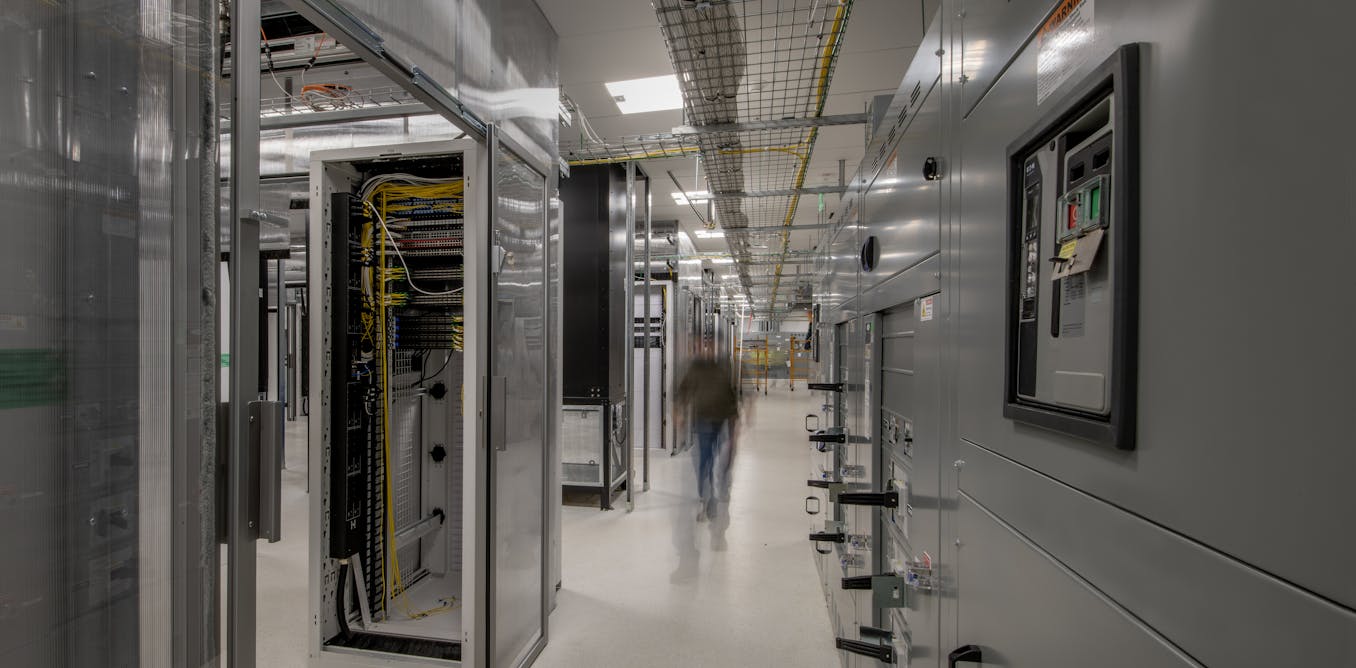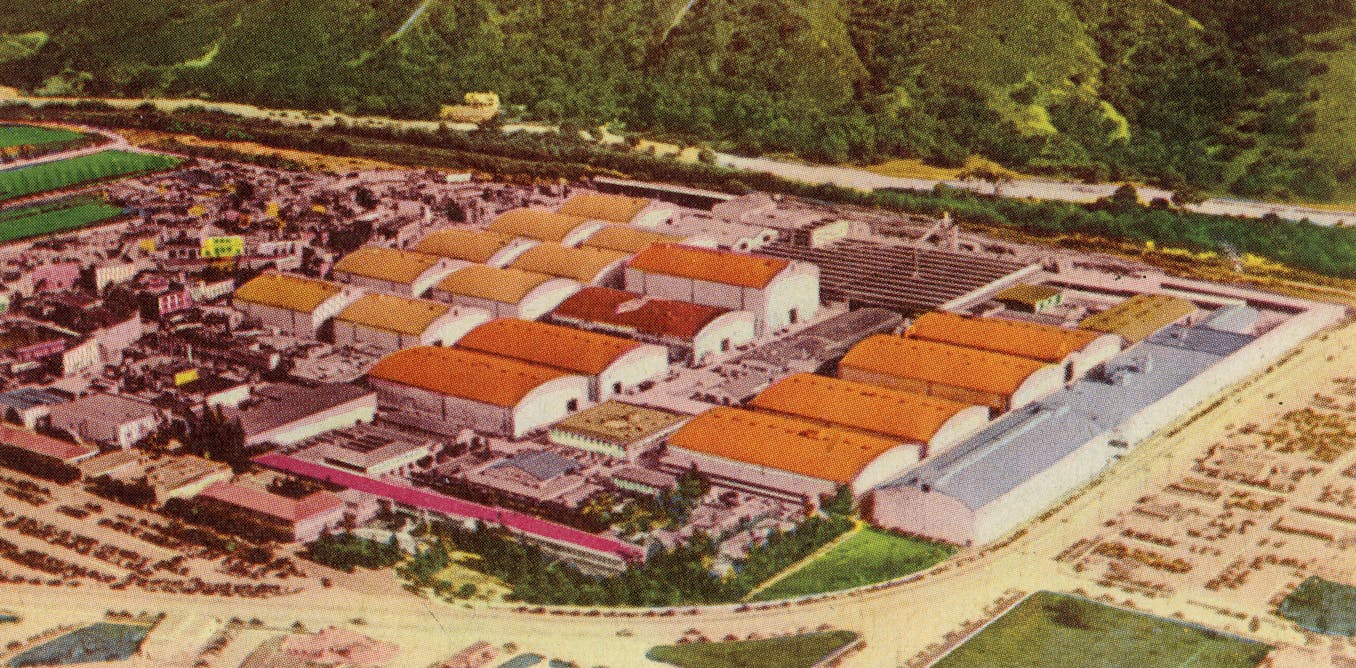As large supercomputers keep getting larger,Sunnyvale, California-based Cerebras has been taking a different approach. Instead of connecting more and more GPUs together, the company has been squeezing as many processors as it can onto one giant wafer. The main advantage is in the interconnects—by wiring processors together on-chip, the wafer-scale chip bypasses many of the computational speed lossesthat come from many GPUs talking to each other, as well as losses from loading data to and from memory.
Now, Cerebras has flaunted the advantages of their wafer-scale chips in two separate but related results. First, the company demonstrated that its second generation wafer-scale engine, WSE-2,was significantly faster than world’s fastest supercomputer, Frontier, in molecular dynamics calculations—the field that underlies protein folding, modeling radiation damage in nuclear reactors, and other problems in material science. Second, in collaboration with machine learning model optimization company Neural Magic, Cerebras demonstrated that a sparse large language model could perform inference at one-third of the energy cost of a full model without losing any accuracy. Although the results are in vastly different fields, they were both possible because of the interconnects and fast memory access enabled by Cerebras’ hardware.
Speeding Through the Molecular World
“Imagine there’s a tailor and he can make a suit in a week,” says Cerebras CEO and co-founder Andrew Feldman. “He buys the neighboring tailor, and she can also make a suit in a week, but they can’t work together. Now, they can now make two suits in a week. But what they can’t do is make a suit in three and a half days.”
According to Feldman, GPUs are like tailors that can’t work together, at least when it comes to some problems in molecular dynamics. As you connect more and more GPUs, they can simulate more atoms at the same time, but they can’t simulate the same number of atoms more quickly.
Cerebras’ wafer-scale engine, however, scales in a fundamentally different way. Because the chips are not limited by interconnect bandwidth, they can communicate quickly, like two tailors collaborating perfectly to make a suit in three and a half days.
“It’s difficult to create materials that have the right properties, that have a long lifetime and sufficient strength and don’t break.” —Tomas Oppelstrup, Lawrence Livermore National Laboratory
To demonstrate this advantage, the team simulated 800,000 atoms interacting with each other, calculating the interactions in increments of one femtosecond at a time. Each step took just microseconds to compute on their hardware. Although that’s still 9 orders of magnitude slower than the actual interactions, it was also 179 times as fast as the Frontier supercomputer. The achievement effectively reduced a year’s worth of computation to just two days.
This work was done in collaboration with Sandia, Lawrence Livermore, and Los Alamos…
Read full article: Giant Chips Give Supercomputers a Run for Their Money

The post “Giant Chips Give Supercomputers a Run for Their Money” by Dina Genkina was published on 06/12/2024 by spectrum.ieee.org






































